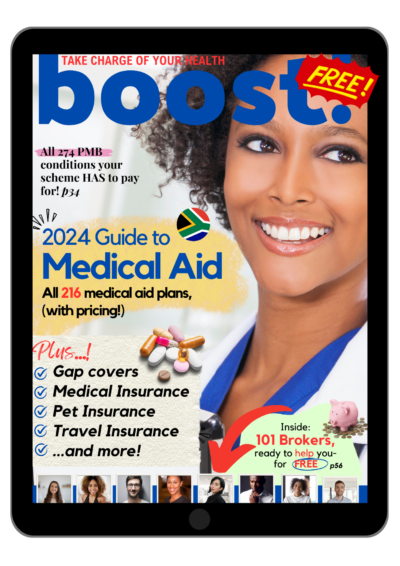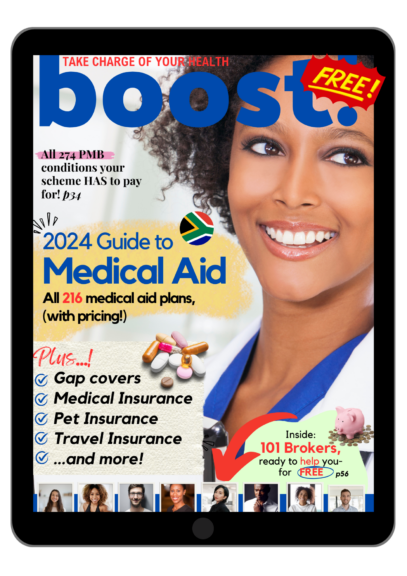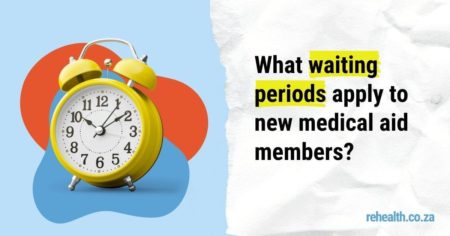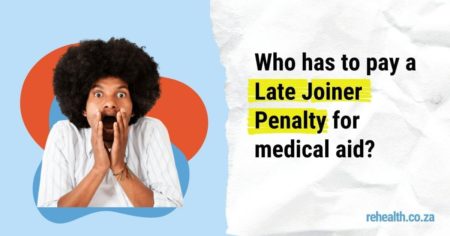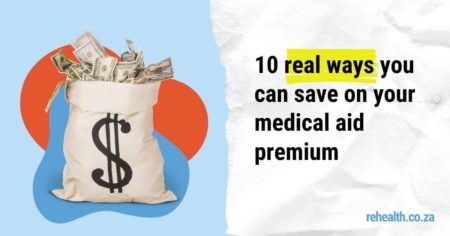Does the medical aid have to pay for ER visits?
All plans have different ways they cover ER visits (see full out-of-hospital plans for your plan for details). However, all plans have to cover ER visits that are a medical emergency (see below), since medical emergencies are by default considered PMBs.
Note that some schemes require you to use specific facilities (DSPs) for PMB treatment (see below).
What is a medical emergency?
An emergency medical condition is the sudden and, at the time, unexpected onset of a health condition that requires immediate medical treatment and/or an operation. If the treatment is not available, the emergency could result in weakened bodily functions, serious and lasting damage to organs, limbs or other body parts, or even death.
What if you don’t know if the ER visit meets the “medical emergency criteria” yet?
Sometimes symptoms might strongly suggest a medical emergency, but further tests/investigations/diagnoses need to be done to confirm the emergency (which then gets treated as a PMB. ).
It might then be determined that there was “a false alarm”. Who then pays?
In an emergency that meets the criteria for a medical emergency condition (see above), should the final diagnosis not be a PMB condition, the scheme will have to cover all investigations done to make the diagnosis in full. In other words, if the doctors are concerned enough with the symptoms to suspect a PMB/medical emergency, then the medical aid needs to pay for the costs to confirm or dispute this. You can see a list of all the PMB conditions here.
However, once it has been established that the emergency is not a PMB, all further costs will be for the patient’s account.
Must the patient use a DSP for the ER visit?
Yes, whenever possible.
DSPs (Designated Service Providers) are healthcare providers (doctor, pharmacist, hospitals etc.) that have agreements with medical schemes to diagnose, treat and care for their members for PMB conditions. DSPs are also called network providers in some cases. When a member uses a DSP for a PMB condition, and the treatment is in line with PMB protocols, the account must be covered in full by the scheme.
Not all plans require DSP use for PMBs. See your specific plan for details.
What if the patient is unable to use a DSP?
If the member involuntarily uses a provider that is not a DSP then the scheme must cover the cost of the medical emergency in full.
Involuntary use of a DSP can occur when:
- The service was not readily available from a DSP, or
it would have been provided with an unreasonable
delay by a DSP; - There was an emergency which occurred under such
circumstances or at such a location that precluded the member from obtaining PMB treatment from a DSP; or - There was no DSP within reasonable proximity to the member’s ordinary place of business or personal residence
In an emergency that meets the criteria for a medical emergency condition, the scheme will have to cover all investigations done to confirm or dispute the presence of a PMB even if the medical practice is a non-DSP. This applies regardless if the emergency ends up being a PMB or not.
However, once it has been established that the emergency is not a PMB, all further costs will be for the patient’s account.
Examples of medical emergencies
This is not an exhaustive list
- Severe head injury
- Stroke
- Shortness of breath or wheezing
- Chest pain
- Severe bleeding
- Major burns
- Major breaks, sprains and strains
What if my ER visit is not for a medical emergency?
If the condition does not present itself as a medical emergency, the medical aid does not have to pay for the visit. It would then rely on the plan’s benefit schedule to determine how the visit would be paid. For example, it could be paid out of savings.
——
Source: Council of Medical Schemes

